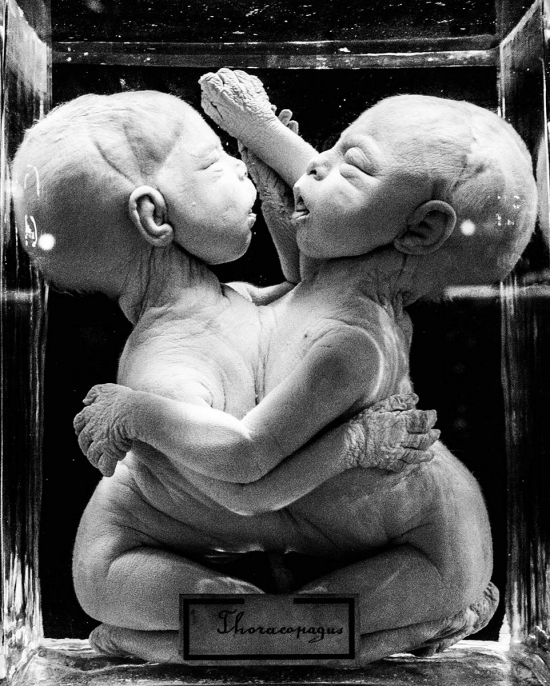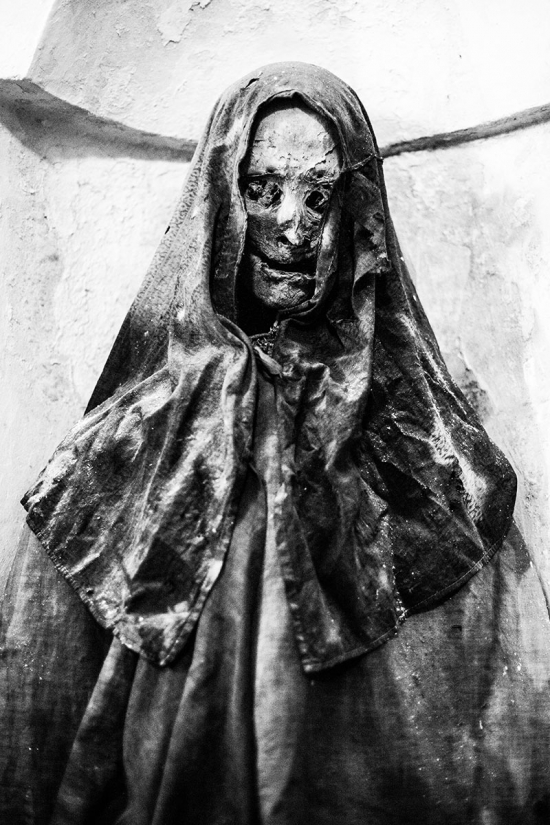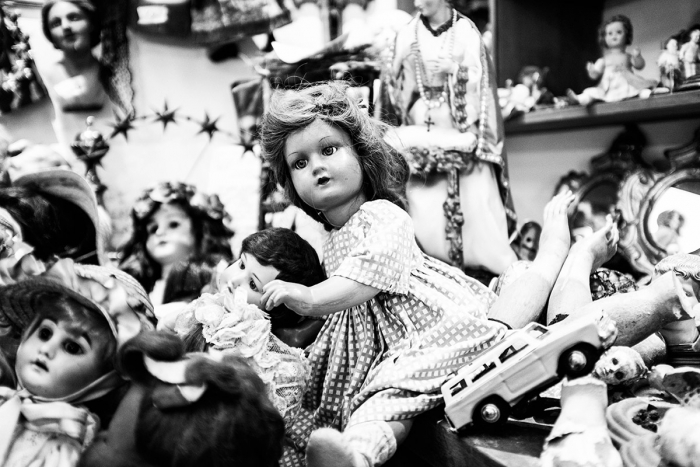
Thoracopagus twins in formalin of the end of the Nineteenth Century in the Vrolik museum in Amsterdam. Founded at the end of the Eighteenth century purchasing the collection of anatomical preparations of scientist Gerardus Vrolik, the museum of the same name is one of the most important museums of medical history in the world.



